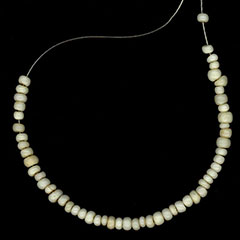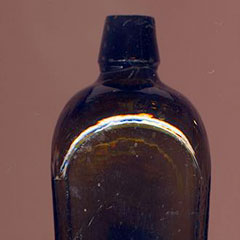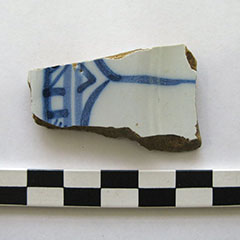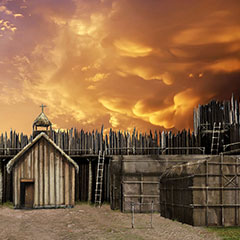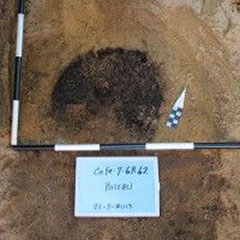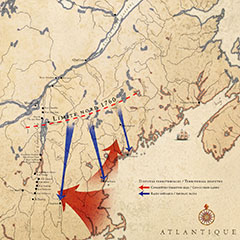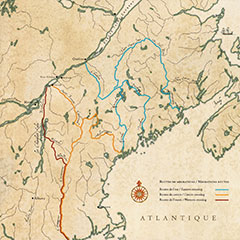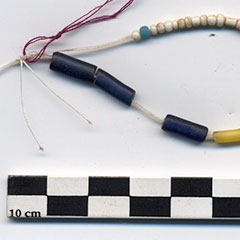Conflicts and Rifts
As of the mid-17th century, the Abenakis came into conflict with the Iroquois and the British over access to Abenaki hunting grounds for the fur trade. Not only did many people die as a result of the hostilities, but the Abenakis gradually lost their territory. Groups from this First Nation moved north, settling along the Chaudière, Bécancour and Saint-François rivers and on the shores of lakes Champlain and Magog.
Around 1665, due to British colonization of the southern part of their territory, the Abenakis entered into talks with the French to form alliances, as the Mi'kmaq were doing at the time. However, the new alliances did not meet with the unanimous approval of the different Abenaki groups, who were divided: some supported the British and others the French. These internal tensions increased border disputes between New France and New England.
Abenakis living further west also began to move to Canada during this period. After King Philip’s War in 1675-1676, which changed territorial boundaries, this migration became a large-scale exodus. The Abenakis disappeared from the southern part of the territory, in particular, Massachusetts and Connecticut.
The Abenakis now faced an extremely difficult situation. The British were intransigent and refused to recognize Abenaki territory. In fact, they increasingly encroached on it. As a result, the Abenakis had to constantly reduce their subsistence base. Eventually, as allies of the French and in order to keep their land, they were obliged to give up their neutral status and to fight against the British.

